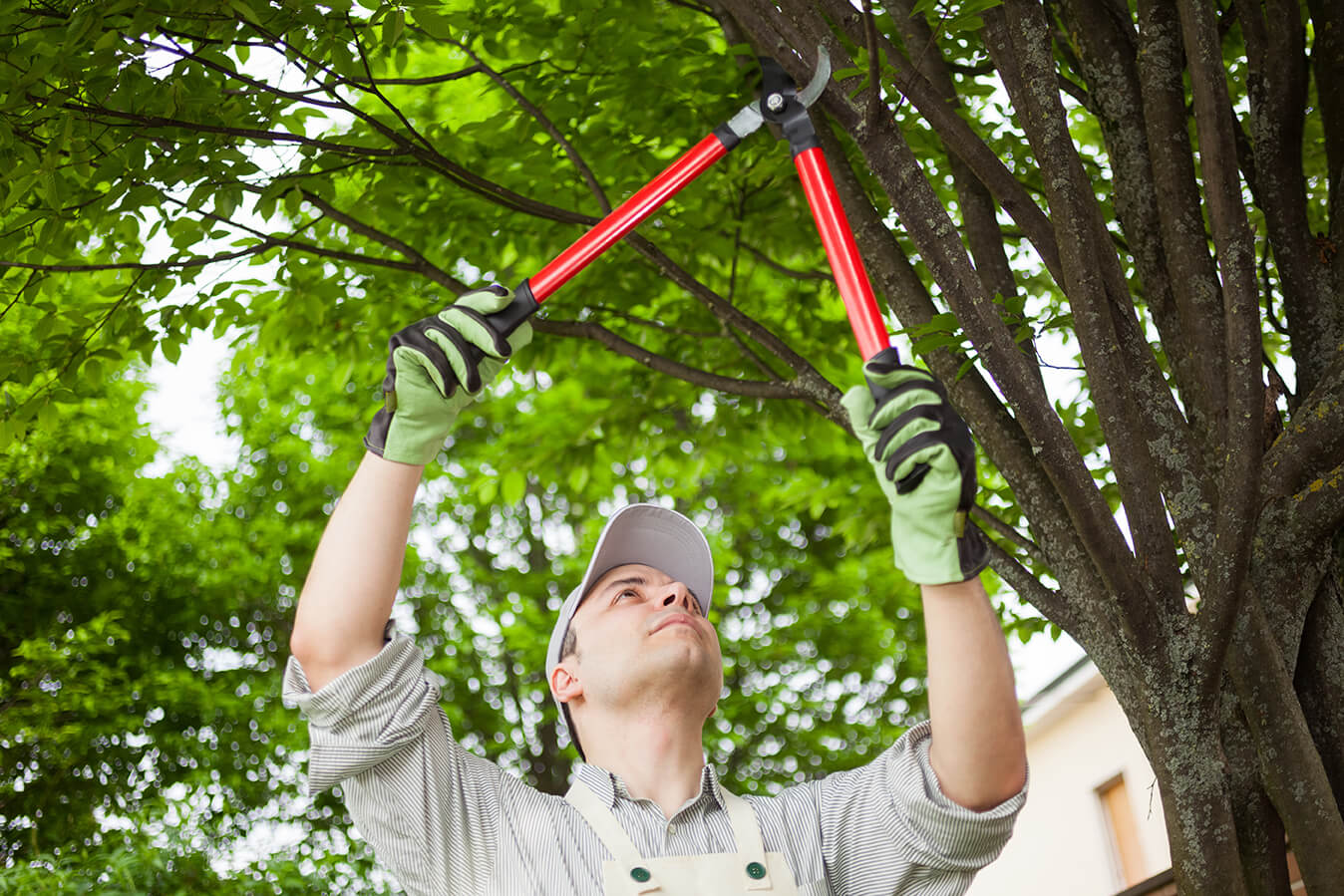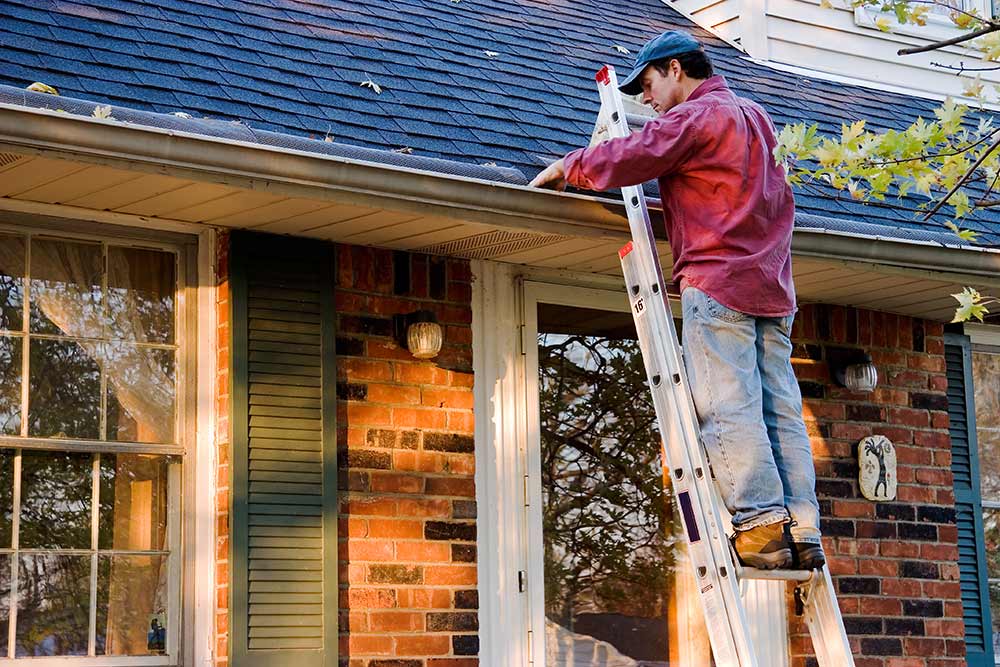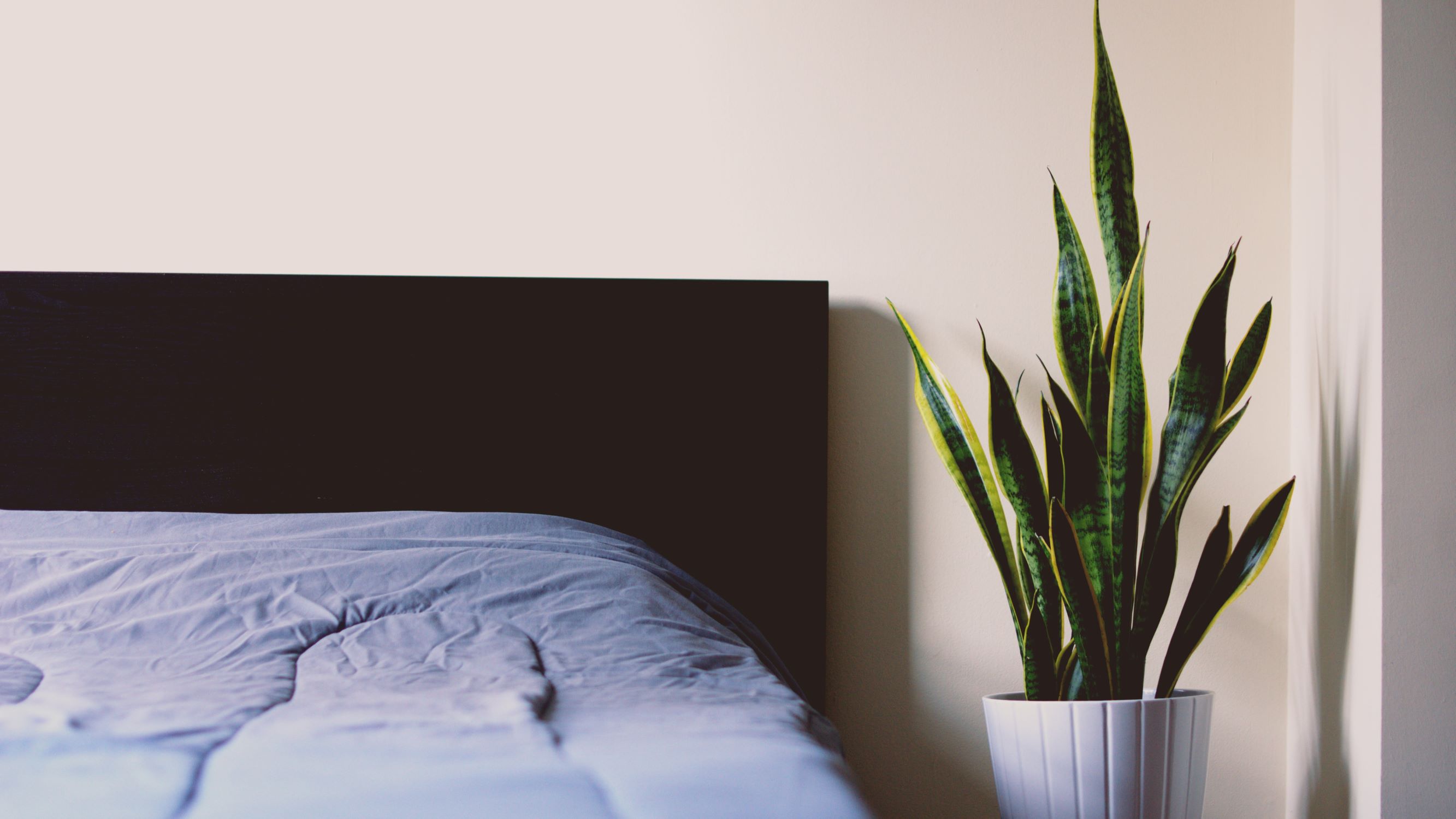
Autumn Home Maintenance Spotlight: Chimney Basics
The soft crackling of a fire in the hearth as the weather gets cooler and the leaves start to fall is a cornerstone of a midwest autumn. Many wonderful memories are made gathered around fireplace and it’s no wonder it’s often the focal point of a home. As schedules start to pick up in the fall (which in turn rapidly progresses into the holiday season) it’s hardly surprising that maintenance to the fireplace and the chimney can often get overlooked (and thus cause a safety concern). When inspecting homes, I often see costly or unsafe issues that are 100% preventable which is a big reason why we emphasize education for our clients. So this Autumn, we would like to focus on common chimney issues found in the field and seasonal maintenance. Read on to learn some quick facts so that you can continue enjoying the warm soft glow of a cozy fire without the potential hazards for you and your family.
Creosote Build up in Flue – Creosote is a byproduct of the combustion of wood and the build up of this tar-like substance in the flue can create several hazards: blockage of proper venting (and therefore build up of dangerous levels of carbon monoxide) and chimney fires. Periodic removal of this material is necessary maintenance for wood burning fireplaces.
Seasonal Maintenance: Having the flue professionally cleaned once a year is recommended for oft used fireplaces. The Chimney Safety Institute of America suggests that build up should be no more than ⅛”.
Missing or Damaged Rain Cap/Spark Arrestor- This is one of the most common issues seen in the field and is the cheapest, most preventative maintenance you can do for your chimney. The purpose of a rain cap is to prevent exterior moisture (and sometimes animals) from running down the flue and into the firebox inside the home. These are necessary even if you do not utilize your fireplace and having a functioning one can help prevent many of the issues below.
Seasonal Maintenance: Making sure a rain cap is present and intact is first priority. There are plenty of resources online for installation but completely worth the investment if you decide to hire a professional. If you do have a rain cap and feel comfortable safely getting on your roof, look for debris that can easily clog the mesh and remove with a wire brush.
Cracks & Moisture – Cracks and moisture seem to be a cyclical problem. Cracks let in moisture, and moisture causes cracks. That said, it’s important to keep in mind that the following problems will undoubtedly exacerbate the other.
Cracked Chimney Crown- Cracks in chimney crowns are seen often. The chimney crown tops off the masonry walls of the chimney with a small concrete roof that prevents water from seeping into the bricks and mortar that make up your chimney. Concrete cracking is very typical and often times maintenance of the top of the chimney is out of sight out of mind. However, a crack in the chimney cap that’s allowing moisture to leak down the interior of the chase can cause a relatively inexpensive repair to become very pricey.
Seasonal Maintenance: Small cracks can be filled in with chimney crown sealant, and larger cracks can be repaired with a high bond patching material and topped with a sealant.
Spalling Damage- Spalling is the deterioration of bricks caused by moisture infiltration. The underlying problem can range from the freezing and thawing of colder climates to a lack of weather sealant. No matter the cause, it’s important to address sooner than later.
Seasonal Maintenance: Depending on the severity of the problem, the repair can vary from crowning the brick face and applying a sealant to a need for complete replacement. Applying a sealant proactively can help prevent this issue from occurring.
Cracked Flue Tile/Liner- The flue is the duct or passageway smoke and gasses travel up and exit through. Most masonry fireplaces are built with clay liners or ceramic tiles. Over time, when exposed to high temperatures, weather, and time, the liner tends to crack. Cracked flue tiles can present a hazard due to the possible leakage of smoke and carbon monoxide into the home. Although a full flue inspection is not supported by the standards of practice governed by ASHI and the state of Ohio, I typically check the top and the bottom part of the flue. If any cracked tiles are present, further evaluation by a licensed chimney specialist is recommended.
Seasonal Maintenance: Checking a flue for cracks is generally outsourced to professionals that have the camera equipment to assess the integrity of the lining. If large cracks are present, the usual course of action is the installation of a metal flue lining.
Cracked Firebrick- This occurs as a natural part of aging brick. If left unrepaired, they can present a fire hazard and improper drafting.
Seasonal Maintenance: Most can be repaired with a caulk like sealant (specifically for fireplaces) or high temperature concrete.
Moisture Inside Firebox- Any moisture infiltration observed into the home is a major concern and needs to be addressed immediately. Moisture in the firebox is an indication of an issue further up the chimney chase that will need to be addressed.
Seasonal Maintenance: Because this is usually the result of a cracked chimney crown or a missing rain cap, assessment of the integrity of these two elements is essential.
Rusted Dampers- If the damper still opens and closes as it should, the rust is considered a cosmetic defect and something to keep an eye on. Dampers that are so rusted that they no longer open or close need to be addressed. Excess rusting of the damper can be an indication of moisture penetration.
We hope this article helps remind you of the importance of a properly maintained chimney and inspires you to carve out the time this autumn to look it over. According to the National Fire Prevention Association, dirty chimneys caused 120 million dollars in property damage from the reported 25,000 causes of chimney fires between 2011 and 2015. But hopefully with these tips, you will be able to relax in front of a nice cozy fire this winter (with the only hazard being how quickly time flies between Halloween and New Years)
Key Masonry Chimney Parts
Flue:
Duct or passageway smoke and gasses travel up and exit through.
Flue Lining:
The interior lining of a masonry chimney that protects the chimney walls from heat and corrosion. Linings can be composed of ceramic, metal or clay.
Chimney Damper:
Movable plate or door, generally made of cast iron or sheet metal, which, when closed, prevents cold air or downdrafts from moving down into the house when no fire is burning in the fireplace.
Chimney Crown:
Seals the top of the chimney and sheds water away from the flue
Chimney Cap:
Keeps water and even animals out of your chimney. (Some models are designed to rotate, blocking wind gusts)
Smoke Shelf:
Deflects downdrafts and prevents rain and soot from falling into the fireplace. It is located at the bottom of the smoke chamber which connects the flue and fireplace.
Key Masonry Fireplace Parts
Firebox:
Firebox is the formal name for the inside of the fireplace
Firebrick:
A brick capable of withstanding intense heat, used especially to line furnaces and fireplaces.
Hearth:
The hearth is the floor of the fireplace that provides a fireproof area on which to build a fire.
Fireplace Doors:
Fireplace doors are designed to minimize the amount of air going up the chimney from the room, or an added protection against cold air entering the room when the fireplace is not in use.
Unique Parts of a Gas Fireplace
Gas fireplaces may not require a hearth, but glass-fronted appliances or those with glass doors are required to have a warning and protective barrier to reduce the risk of burns. Gas fireplaces have a few additional components that traditional wood fireplaces do not.
Thermocouple:
The thermocouple is a safety mechanism that measures heat, can recognize if a pilot light is out, and can shut down the fuel supply which prevents a buildup of gas.
Thermopile:
A thermopile consists of a number of thermocouples joined together.
Pilot Light:
A continuously burning light used to light a larger burner when needed. That small, blue flame ignites the gas that is released when a furnace or fireplace is turned on.



